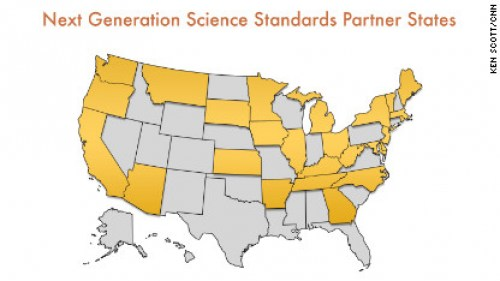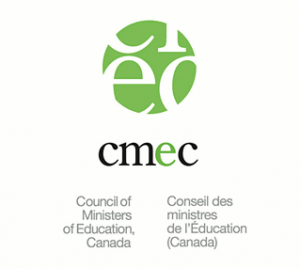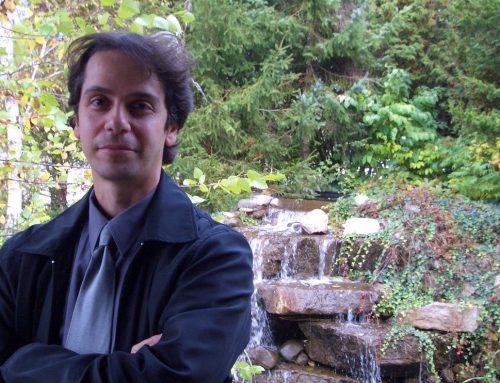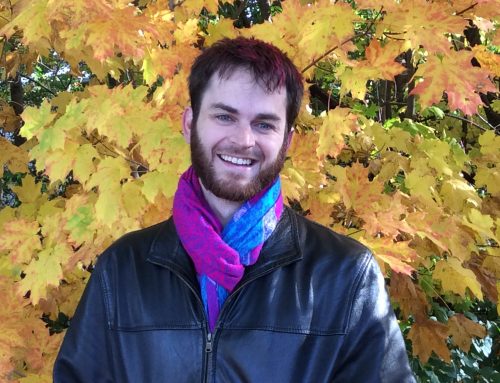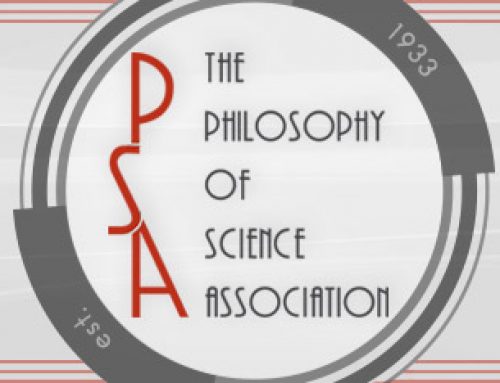BU Conference: “How HPS can contribute to science education” 4/5
Defining what place HPS should take in official guidelines is not an easy task. But it is of primary importance, and academics have a role to play in it. In the context of U.S. primary and secondary education, a national framework (pdf) provides guidelines for science education standards, developed and adopted (or not) at the state level and which help define the criteria with which teachers are certified and evaluated.
The point can be made—probably by HPS scholars more than anybody else—that teaching the historical development of science is a way to teach scientific content without adding anything to an already crowded curriculum, and without requiring more time. But that requires from the teachers a solid training in HPS, in addition to their training in science. However, the incentive that U.S. science education standards can provide to that effect is limited.
First difficulty: standards cannot tell teachers how to teach or what texts should be used, only what content knowledge to teach. It’s a matter of pedagogical freedom, for schools and teachers. The new framework addresses that difficulty by phrasing teaching objectives in terms of:
-
- • practices (asking questions, developing models, engaging in argument from evidence…),
- • crosscutting concepts (cause and effects, patterns…), and
- • core ideas (matter, motion, ecosystems…).
These objectives favor instructional methods in which HPS can more easily find a place. But it is not enough to make the incorporation of HPS necessary (or even obviously relevant). To do so would require, for instance, an explicit emphasis on critical thinking skills, which is absent from the framework.
But then comes a second difficulty: in an education system in which each state, county, or school has a real degree of autonomy, recommending a critical attitude toward science (or such notions as the provisionality of scientific knowledge, the impossibility of absolute certainty regarding matters of fact, the fact that once well-entrenched scientific theories have been abandoned, etc.) may conflict with preserving the authority of science (e.g., about evolutionary biology). Philosophers can help make the case that scientific knowledge, even though it should be revisable, is not arbitrary. But they can also help delimitate its domain of authority.
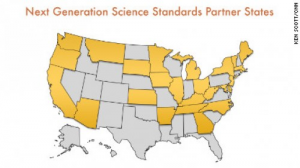
The twenty-six lead state partners of the Next Generation Science Standards. Source: Kenn Scott/CNN.
Alternatively, if HPS cannot find a home in the science standards, it may be easier in terms of policy for other (humanistic) content areas to integrate HPS material (as part of the common core standards for instance).
We can wonder how much of that is relevant in the Canadian context. Education here is a provincial responsibility, but a pan-Canadian science framework provides general guidelines. The obstacles to the inclusion of HPS in the science classroom are much less acute than in the U.S.; guidelines at the federal or provincial level explicitly emphasize the importance of critical thinking and recommend themes that can be introduced through HPS (e.g., Specific Learning Outcome 114.1: “It is expected that students will explain how a paradigm shift can change scientific world views”).
Implementing such goals and encouraging an adequate dose of critical attitude toward science (neither dogmatism nor relativism) requires that teachers be adequately trained in HPS. The development of teaching and training materials can be of assistance. But it has to make clear how it fulfills education standards. As in the context of U.S. education, it is the burden of those who develop pedagogical material without an obvious connexion to the standards (or established practices) to make this correspondence explicit, and consider the variety of instructional practices.

